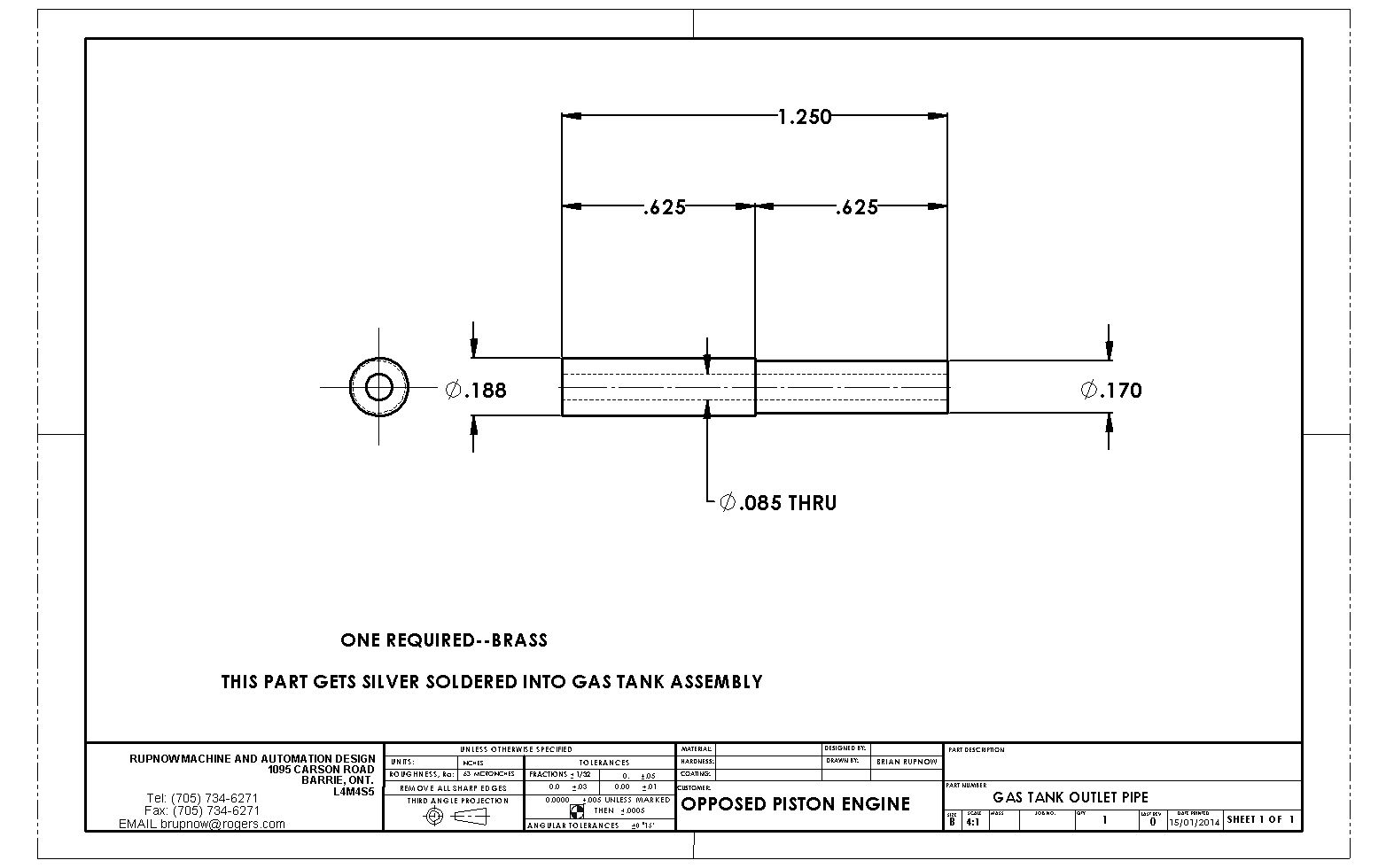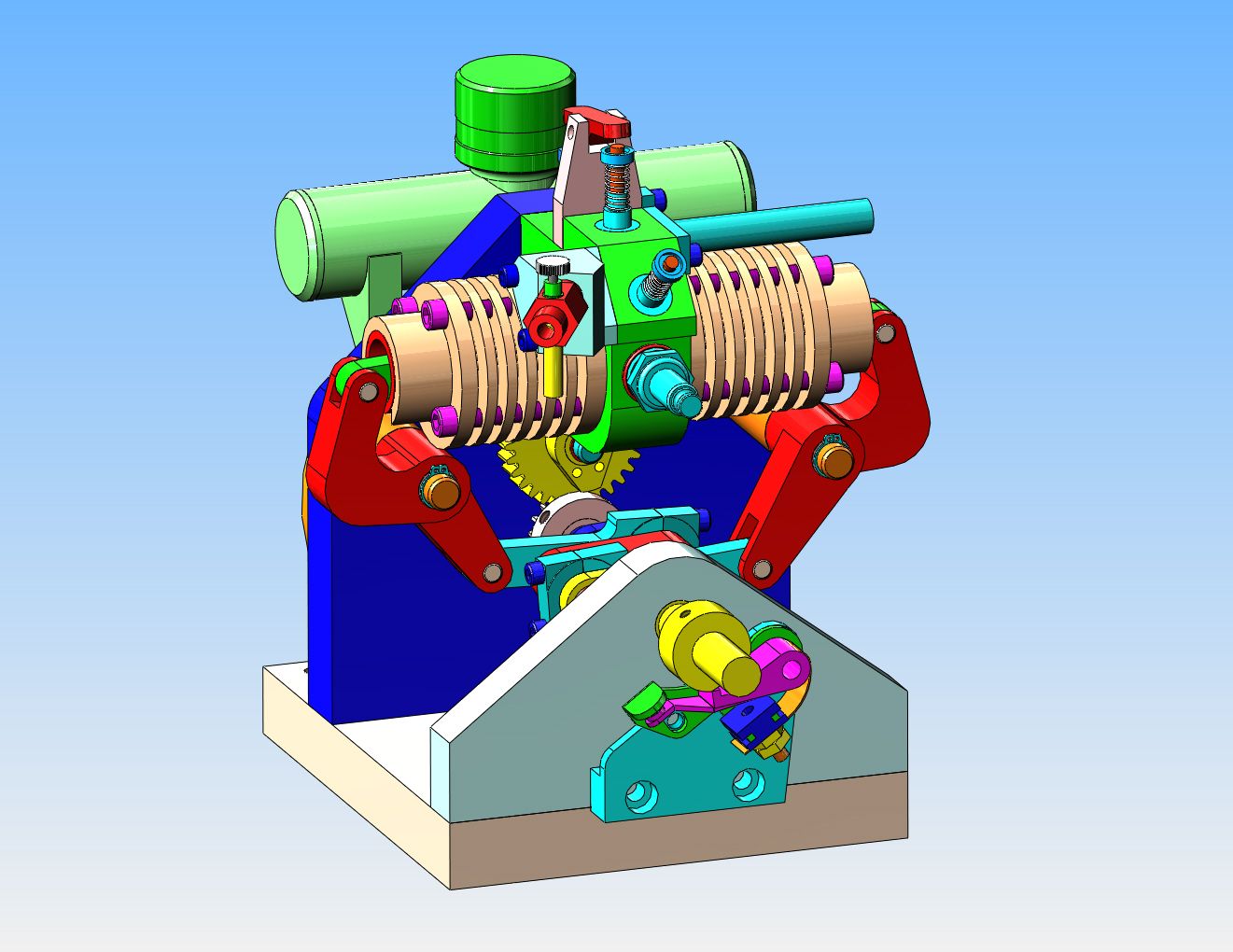Someone on another forum has asked-"Will I press fit the valve cages into the center block, what kind of Loctite will I use, and why do the ports have to be drilled into the valve cages with the valve in place?"---This was my answer---
--I will use #638 green Loctite. No, it won't be a press fit. My only experience with pressing valve cages into place ended in disaster--they both distorted so badly from being pressed into place that I had to remake them. As to why they have to be drilled with the valve in place---I only just discovered that today. On a conventional engine, where you can remove the head, it is no problem to remove the valve and drill thru the side of the cylinder head and the valve guide at the same time after the valve has been removed. On this engine, the valve has to be installed in the valve cage, then the valve cage Loctited into the center block. Once the valve guide is in place, there is no way to remove the valve!!! Not a really good design, and I just discovered it. Its too late to go back and change things now. It should work okay, but I want to be very sure the valve is sealing good to the valve cage before I Loctite it into place. Also, you will notice that other than the Loctite, there is nothing holding the valve cage in place. On conventional engines, I put a bit of a "head" on the valve cage and install it from the inside, so compression can't pop the whole cage assembly out. I can't do that on this engine, but I have a plan to get around that. I also have a plan for testing the "leakage" of the valve to cage seal before I install the valves and cages in the head, and I will post about that when I get to it.



































![DreamPlan Home Design and Landscaping Software Free for Windows [PC Download]](https://m.media-amazon.com/images/I/51kvZH2dVLL._SL500_.jpg)



![MeshMagic 3D Free 3D Modeling Software [Download]](https://m.media-amazon.com/images/I/B1U+p8ewjGS._SL500_.png)
































